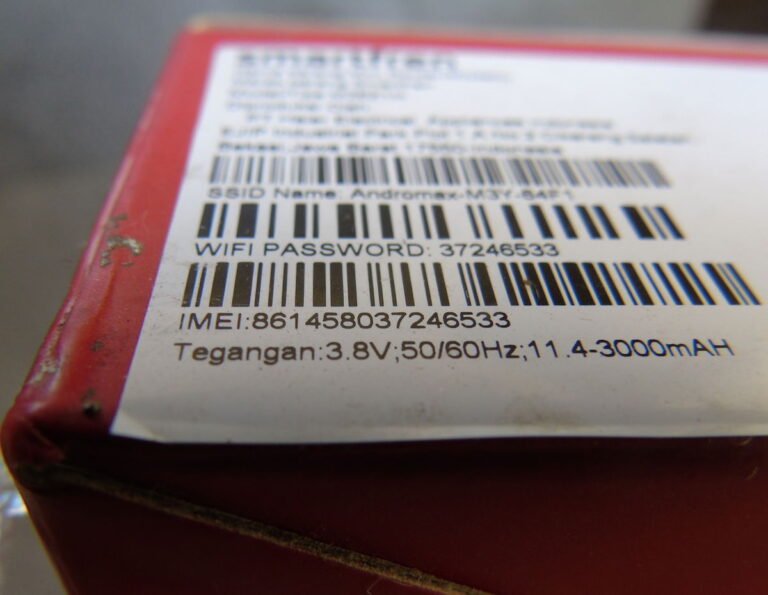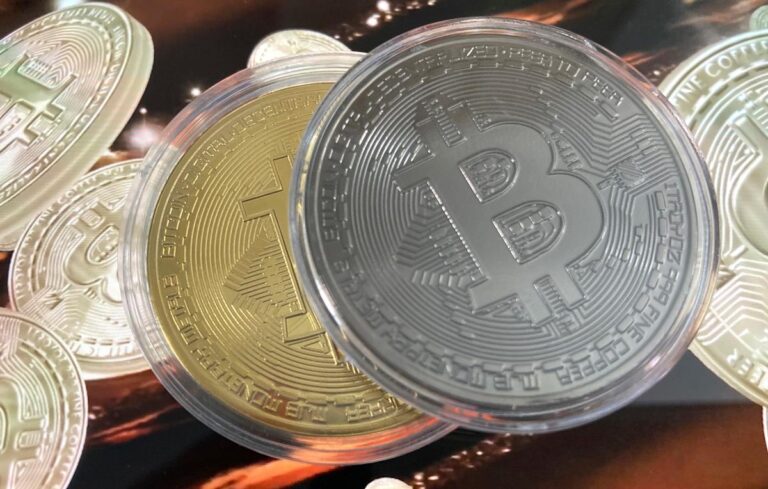
Digital payment methods are convenient, but staying alert is key to avoiding scams in 2025.Credit : tsingha25, Shutterstock
Paying for things has never been easier or trickier. With all the fancy ways to part with your cash these days (contactless, QR codes, bank transfers in seconds), scammers are having an absolute field day. If you think you’re too clever to fall for it, think again! Some of these tricks are seriously sneaky.
Here’s a quick guide to the three payment methods you need to watch out for, and how to keep your money exactly where it belongs.
QR code payments: So handy… for scammers too
Remember when QR codes were just for menus during lockdown? Well, now you can pay for everything from your lunch to a market trinket with a quick scan. Here’s the rub, though: when you scan a QR code, you’ve no idea what’s lurking behind it until your phone loads up the link.
Scammers love this. They can stick their own dodgy code right over the top of a real one, or just make up a fake flyer with a “special offer” QR code that actually leads to a site that pinches your bank details. You might not realise until it’s far too late.
If you’re paying by QR code:
- Take a second to check the code isn’t just a sticker slapped on top of something else.
- Look closely at the web address that pops up. If it’s got spelling mistakes or looks odd, back out fast.
- Don’t enter personal details unless you’re 100% certain the site is the real deal. If in doubt, don’t!
Contactless cards: Brilliantly easy, alarmingly risky
Tapping your card to pay? Who isn’t! Since the pandemic, the limits have gone up to €50 or even €100, and it’s almost too easy to wave goodbye to your cash. The problem is, if someone finds (or pinches) your card, they can do the same before you’ve even noticed it’s gone.
Even worse, in crowded places, scammers have started using sneaky card readers that can grab your card’s info just by getting close enough—no PIN needed, and you’ll have no idea it happened.
To stay safe:
- Keep your card in a zipped pocket or an RFID-blocking wallet—especially in busy places.
- Check your bank balance regularly for any little charges you don’t recognise.
- If your card’s gone walkies, block it straight away.
Instant bank transfers: Fast money, no second chances
Here’s the latest craze: instant transfers, free and quick across all of Europe. Sounds perfect, doesn’t it? But it’s a gift for scammers, because once you hit send, your money’s gone in seconds—and there’s no way to pull it back.
The tricks are clever: you might get a text saying you’ve got a package waiting, or a call from someone claiming to be your bank, asking you to “verify” something by sending a payment. Sometimes, a scammer will even send you money first, then make up a story about an “accidental” payment and ask for it back (usually, their original transfer will bounce, but yours is long gone).
If you’re making an instant transfer:
- Double, triple, quadruple check who you’re sending to. Only pay people you trust.
- Don’t let anyone rush you—if someone says it’s urgent or you’ll miss out, take a breath and check their story.
- Never use instant transfers for strangers or anything that feels even slightly odd.
One Last Thing…
Scammers are always looking for the next loophole, so it pays to stay sharp. Don’t feel bad if you nearly fall for something—these tricks are designed to catch you off guard. The best defence? Trust your gut. If it feels weird, it probably is.
Stay safe, keep your cash close, and remember: it’s your money. Don’t let anyone else decide where it goes.







